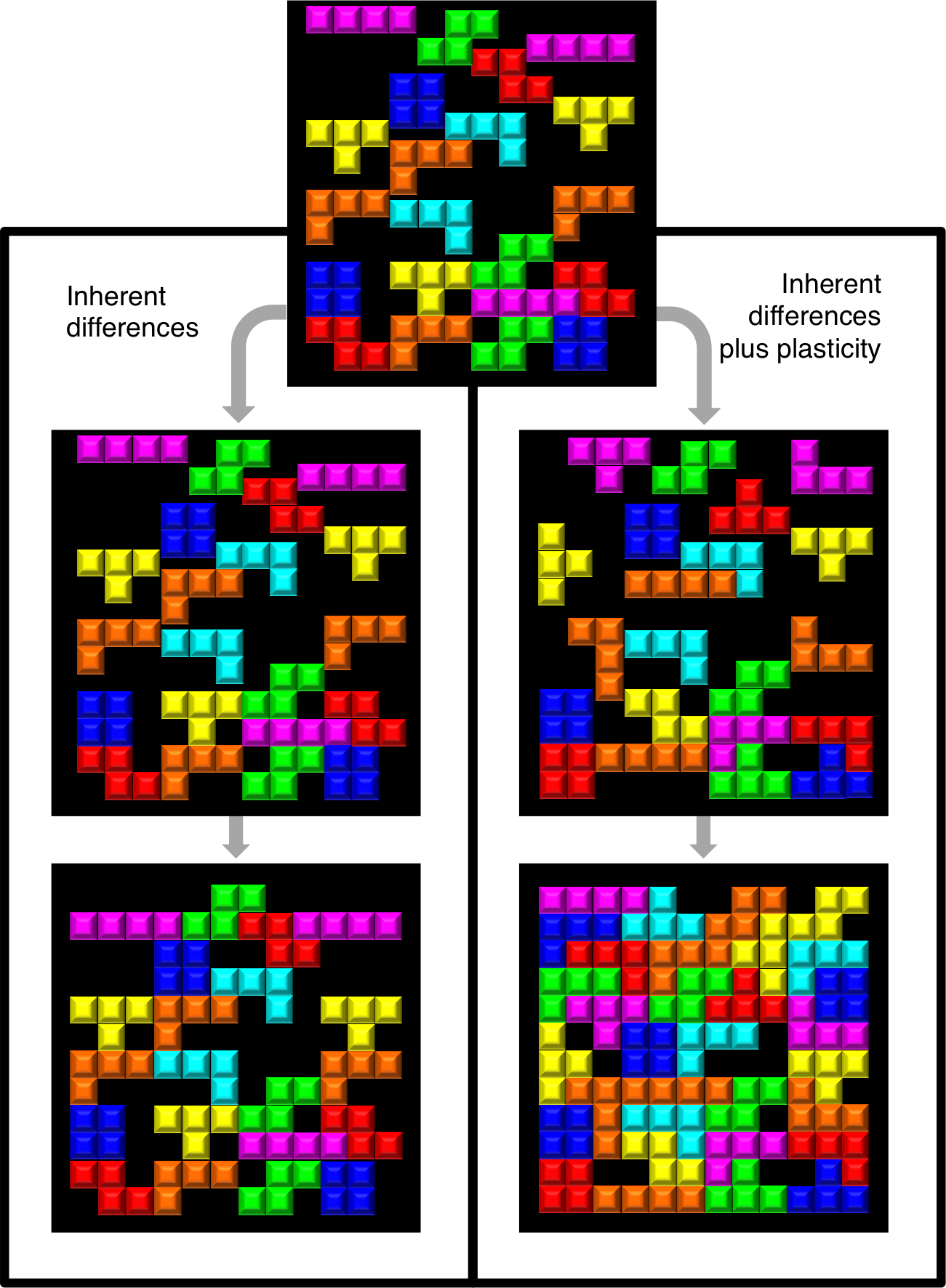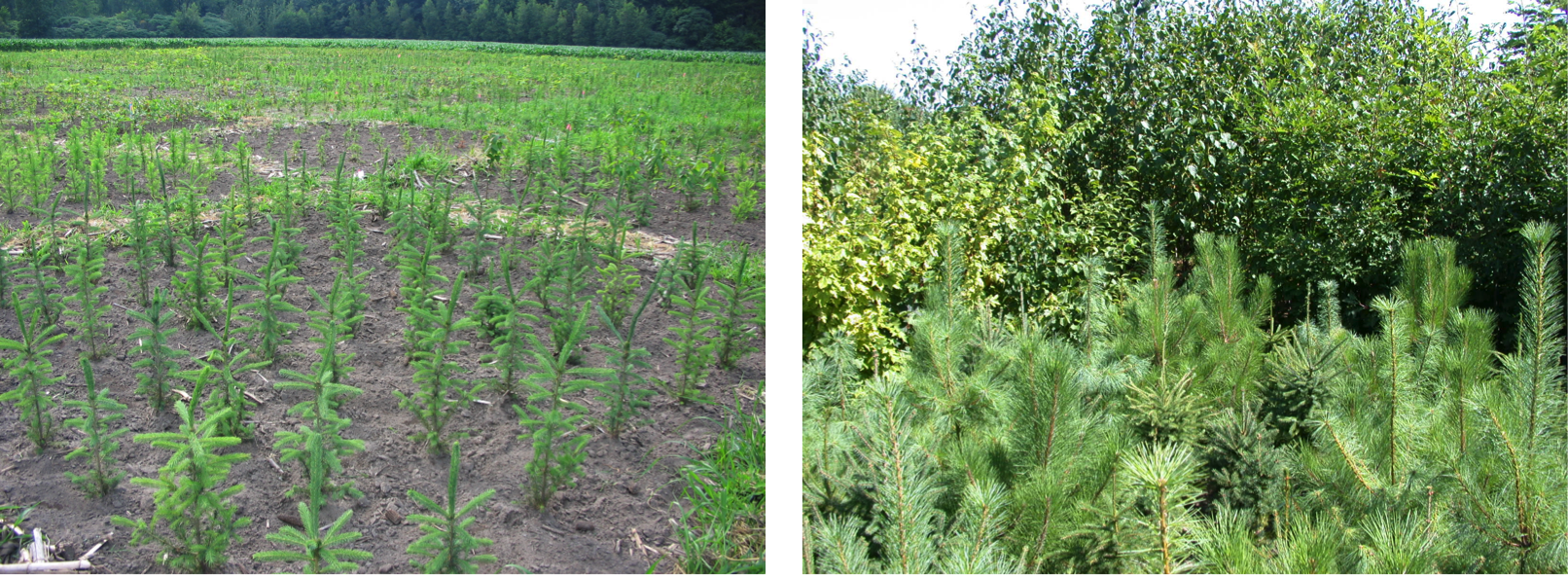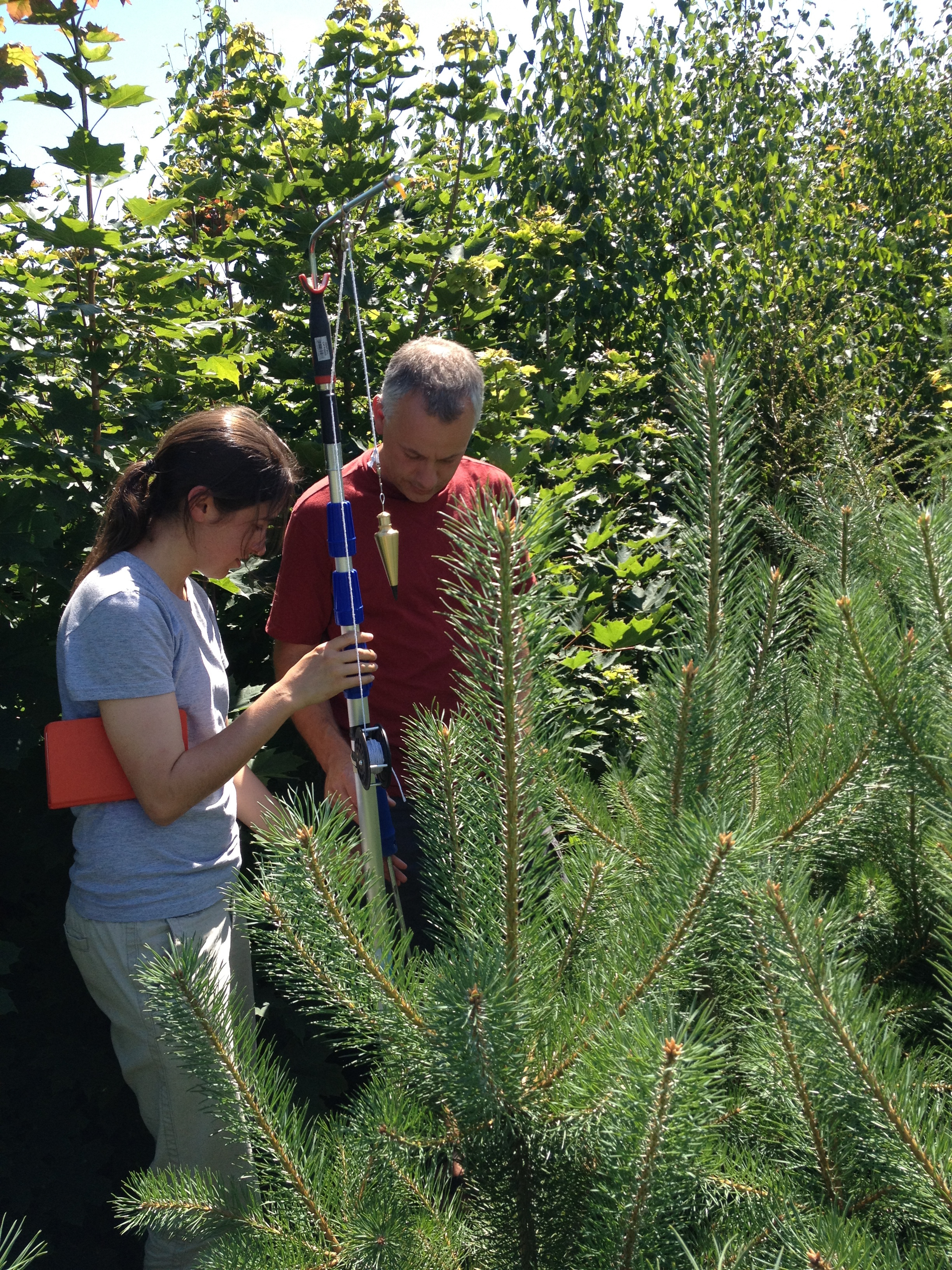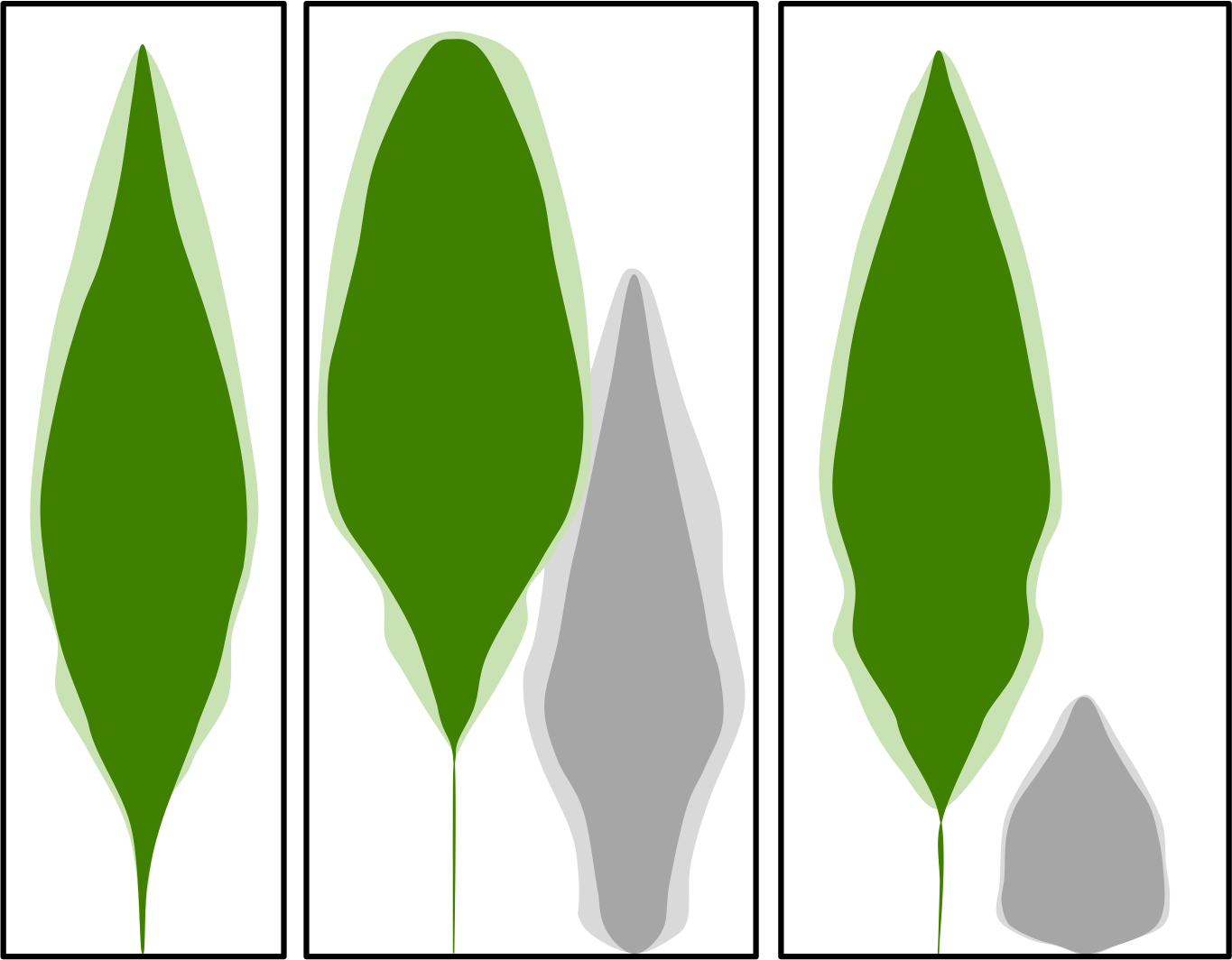Playing Tetris with trees
Published in Ecology & Evolution

These questions were in my mind as I drove towards Montreal to start the first summer of my graduate studies. The research fields of biodiversity-ecosystem function, interactions among plants, and phenotypic plasticity have operated relatively independently from one another. But, a handful of papers that bridge these fields had caught my attention (Callaway et al. 2003, Ashton et al. 2010, Burns and Strauss 2012). Connections among these fields seemed intuitive and promising; better understanding these connections might offer insights into the mechanisms shaping properties of ecosystems and, in so doing, improve our ability to manage these systems.

The central idea may be visualised as a game of Tetris. Niche complementarity is a widely accepted hypothesis for how diversity may enhance productivity. The traits (shape) of species (coloured pieces) influence their complementarity (how well they fit together) and thus their combined ability to exploit resources and grow (fill space). If individuals can be plastic – that is, shift their traits (shape) in response to their neighbours – this could, in theory, also affect their complementarity.
Three years earlier, a tree diversity experiment had been planted in Montreal. The experiment was the first in what has become the International Diversity Experiment Network with Trees (IDENT): a series of experiments established to help expand biodiversity-ecosystem function research beyond grasslands and into forest ecosystems. The experiment is made up of trees planted in monocultures and various mixtures. It was designed specifically to test relationships between functional diversity and ecosystem productivity but also serves as a platform to examine many related questions. For us, the experiment seemed an ideal setting to explore links between the traits of individuals, the composition of communities, and the properties of ecosystems; and so, this is where I spent my summer.
 Tree seedlings were planted close together in the experiment to mimic their density in regenerating forests and promote early interactions among them (left). By the end of their third growing season, seedlings had grown to form closed-canopy stands (right). Photos: Alain Paquette.
Tree seedlings were planted close together in the experiment to mimic their density in regenerating forests and promote early interactions among them (left). By the end of their third growing season, seedlings had grown to form closed-canopy stands (right). Photos: Alain Paquette.
We began examining links from individuals to ecosystems from the perspective of light. Strong competition among trees for light is common in forests, and this experiment seemed no exception. The high density of trees suggested that light was probably a resource affecting the growth of individual trees. Improved light capture was possibly a reason why trees were growing bigger when planted in certain mixtures. Armed with tape measures and simple tools, we took detailed measurements of the trees, including the size and shape of crowns in monocultures and various mixed species communities.

Our first graphs of tree shapes took us by surprise. Trees seemed to be shifting their crowns to fit more closely together, somewhat like the Tetris pieces. As we formalized an approach to characterize this complementarity in crowns, the story became clearer. We could see how crown complementarity was related to a measure of the diversity of mixtures – the dissimilarity among species in maximum growth rate and associated shade tolerance. Moreover, and most notably, crown complementarity was positively associated with overyielding: the more complementary the crowns were within a mixture, the more those trees had grown relative to their monocultures.
 Initial outlines of paper birch saplings (in green) showed they had a different shape depending on whether they were growing in monoculture (left), with red oak (middle) or white pine (right).
Initial outlines of paper birch saplings (in green) showed they had a different shape depending on whether they were growing in monoculture (left), with red oak (middle) or white pine (right).
Taken together, our results show how diversity, plasticity and interactions among trees may have consequences for the productivity of tree communities. While our study is only one snapshot, these results are exciting to us. They link with long-held speculation about the importance of light partitioning in forests and illustrate a biological mechanism for how diversity can enhance productivity. Much more is to come. Projects underway include using remote sensing to understand how trees within diverse communities are using light, and examining how interactions among trees may be mediated by insects and microbes. But here we see how trees, which have evolved together in close communities for millions of years, can respond to their current neighbours, reshaping themselves in ways that can enhance the whole ecosystem.
Our paper "Spatial complementarity in tree crowns explains overyielding in species mixtures" can be found here: http://www.nature.com/articles/s41559-016-0063

Please sign in or register for FREE
If you are a registered user on Research Communities by Springer Nature, please sign in